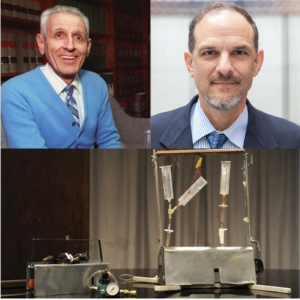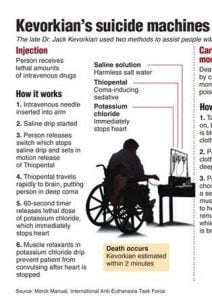Pro-death politicians have proposed four bills to expand Oregon’s assisted suicide law. Fortunately, two of them did not move forward. However, House Bill 2217 and Senate Bill 579 are still moving through the legislative process. The ugly truth about HB 2217 and its impact on vulnerable Oregonians needs to be known if there is any chance of stopping it from becoming law.
When Oregon’s assisted suicide law passed in 1994, Oregon Right to Life projected that legalizing assisted suicide would lead to euthanasia. Twenty-five years later that warning has become reality. HB 2217 is an attempt to legalize 20th-century Kevorkian style suicide machines.
Jack Kevorkian, known as “Dr. Death,” was one of the leading advocates for assisted suicide in the U.S. during the late 1980s. He invented a machine out of household products that would pump three drugs into a person’s body by injection. He called it the “Thanatron.” Between 1990 and 1998, Kevorkian assisted more than 130 people to their deaths. He later was charged with murder for purposely injecting another human being with a lethal dose of drugs.
Our position has always been that HB 2217 expands an existing dangerous loophole in Oregon’s physician-assisted suicide law. This expansion will put vulnerable people at further risk of elder abuse. It will make it even easier for them to be manipulated into requesting a lethal prescription and coerced into ending their lives. The language defines “self-administer” so broadly that the drugs could enter the body through an IV, feeding tube, injection, or gas mask. These alternative methods foreseeably require aid from another person and thus legalize euthanasia in Oregon.
In the first public hearing on HB 2217, Compassion & Choices, one of the state’s and nation’s largest advocates for legal assisted suicide, testified in opposition to the original language of the bill. The spokesperson, Matt Whitaker, stated, “enumerating the specific types of self-administration could have the unintended consequences of actually narrowing allowable means of self-administration as medical practices and technology continue to evolve.” Whitaker also stated that the group would support the bill if their alternative language was adopted.
They proposed that “self-administer” be defined as, “a qualified patient’s affirmative, conscious and voluntary act to take into his or her body medication to end his or her life in a humane and dignified manner.”
Even under this revised definition, an IV, feeding tube, injection or gas mask could still be used. The amendment retains the original intent of the bill–it only changes the definition of “self-administer” on its face, not in substance. There is still a major concern that euthanasia will be legal under the amended language.
During the bill’s work session on April 9, Compassion & Choices prevailed. Their amendment was adopted. HB 2217 passed out of the House chamber on March 22 (37-21).
It wasn’t until the bill’s second public hearing on May 9 in the Senate Judiciary Committee that the supporters laid out in the open that their intent under HB 2217 is to legalize the use of an IV or other methods: euthanasia. Before the hearing, the bill’s chief supporter, Dr. Blanke, emailed a group of doctors describing the medical machinery to be used if the bill passes.
Allowing a patient to self-administer IV is tricky. And we have to be SURE things go smoothly, or we could set MAiD [Medical Aid in Dying] itself back significantly. I was thinking about the following protocol (developed of course with an anesthesiologist) and I would love your input. I realize not everyone supports this venture, but it should be a done-deal soon. And other states may follow.
Few things to remember: The patient cannot administer drugs sequentially. Thus, we cannot use the British Columbia regimen, and we must use a multi-channel infusion pump. We need to be 1000% sure the patient is anesthetized before any paralytics kick in. We can’t delay things if they are not out. We can’t modify the administration once it is started by the patient. I assume we can stop the pump if something goes wrong.
He then described the machine and types of drugs to be used for his proposed machine:
Device: Multi-channel Oleris pump with variable rates
Induction propofol 500 mg (50 ml) at rapid rate. Guaranteed coma in one or so minutes Might itself abrogate breathing
2nd channel Pancuronium 30 mg 1 mg/ml 2 mg/min Takes about 6-12 minutes to kick in. Lasts 5 hours
3rd channel roPpofol 2 grams (200 ml) 500 ugrams per kilo per minute To maintain unconsciousness.
Thanks!
CHARLES D. BLANKE, M.D., F.A.S.C.O.
Chair, SWOG Cancer Research Network
Professor, OHSU & Knight Cancer Institute
The three chamber valve machine may sound familiar. During the fight against Measure 16 in 1997, Dr. Jack Kevorkian was helping patients die with his suicide machine. It too had three injection valves to release three different types of drugs into the patient’s body.
It is horrifying to know that HB 2217 is intended to legalize the use of a machine like Kevorkian’s to kill patients. The machine described by Dr. Blanke requires the patient to be completely anesthetized. They are completely out of it when the deadly dose is administered. By definition, HB 2217 allows euthanasia and the law will be used to cover up the murders of vulnerable Oregonians.
Despite the fact that the adopted amendment was proposed by Compassion & Choices, they publicly opposed HB 2217 before the Senate Judiciary Committee. As it is currently written, they are afraid that qualified patients would be at risk of botched deaths.
It is now clear to all sides that the true intent of HB 2217 is to legalize euthanasia and Kevorkian style suicide machines in Oregon.






I am opposed to the passage of HB217 AND Senate bill 579